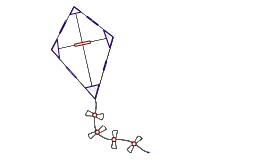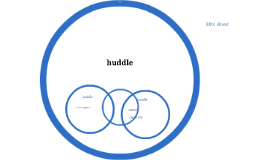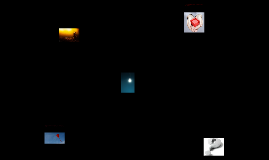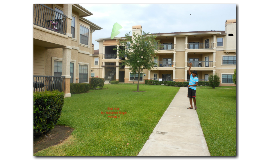Kite
Transcript: Made in 2800 in China by Mozi and Lu Ban, they used silk and bamboo to make it Most popular kite design and type is diamond, also called the Eddy Kite, based our design off of it, made by placing 2 sticks in a cross pattern and stretching the material over it. A Power Kite is much larger than a standard kite and is shaped like a horseshoe, designed to have more precision and power in order to lift objects and people. Mainly used in combination with a boat or board. AKA Publications. Kite History. . Web 3 December, 2012 <http://www.gombergkites.com/nkm/hist1.html>. LoveToKnow Corp. Different Types of Kites. 2012. Web 3 December, 2012 <http://www.2020site.org/kite/different-types-of-kites.html>. Taunton Press Inc. Ben's Big Idea. 2012. Web 3 December, 2012 <http://www.codecheck.com/cc/benandthekite.html>. A Sled Kite is shaped like a snow sled, but it has a base with curved sides, a flying line attached to the edges of the kite rather than the middle of the frame, and long streamers at the base of the kite. In June of 1752, Ben Franklin and his son, William, were going to see if lightning was actually electricity. They attached a kite to a silk string and tied an iron key to the other end. They then tied a thin metal wire from the kite and put the end of it in a Leyden Jar. When the thunderstorm came they flew the kite and it was able to conduct electricity, proving that lightning was a form of electricity. Kite Battles - you have a certain amount of people in a marked area, and you have to take down the other kites with only your kite, no physical contact is allowed. Kites can be removed by tangling, stealing wind, knocking and line cutting. The last kite flying is the winner Kite Games - Kite Parade - you have everyone line up and you carry your kite(not fly them) and you wear costumes and hats and you walk around the Kite Field In 1750, Benjamin Franklin used a kite to try and prove that lightning is electricity, the Wright brothers also used kites in their trials of making the first airplane The Box Kite is shaped like a large rectangle with material wrapped around the top and bottom, made by Lawrence Hargrave of Austria originally for trying to make a manned flying machine. Mozi- Born in Tengzhou, Shandong Province, China, he was a Chinese Philosopher during the Hundred Years of Thought Lu Ban - Born in the state of Lu, China, he was a carpenter, engineer, philosopher, and military thinker who made many inventions The Delta Kite is similar to the diamond kite, but is shaped like an isosceles triangle, and a smaller triangle is attached to the bottom of the kite to give it more support Ben Franklin was born January 17, 1706 and was one of the Founding Fathers of the United States. He was an author, printer, theorist, politician, postmaster, scientist, musician, and many more. As a scientist, he is most known for his Kite Experiment. The Winged Box Kite shares the same basic shape as the Box Kite, but this one includes two triangle pieces added to the long side of the frame, the winged pieces are used to help better control the kite. Highest Flying Angle - made to see who has the best kite. You set your kite at a certain length (usually 10-100ft.) and you see who can fly at the best angle, the point of it is to see how well a kite can fly in a particular wind, other factors include height and flying height Altitude Sprint - in this game you get 30 seconds to 2 minutes (depending on the wind) and you see who can get the most line out of their spools in the time, if not all of them. In ancient China, they were originally used for things like sending messages, measuring distances, lifting men, and for signaling and communication for military operations

















